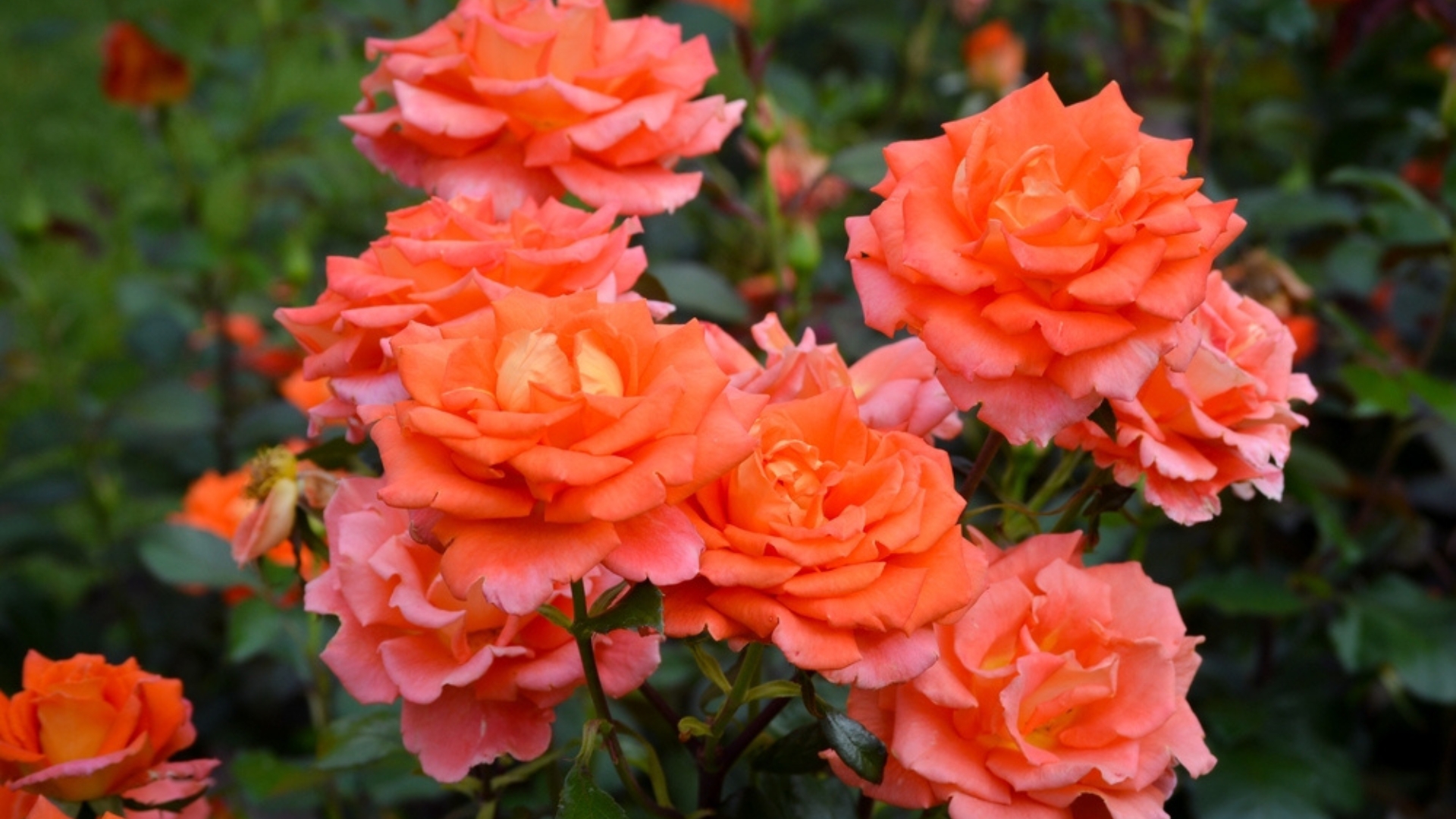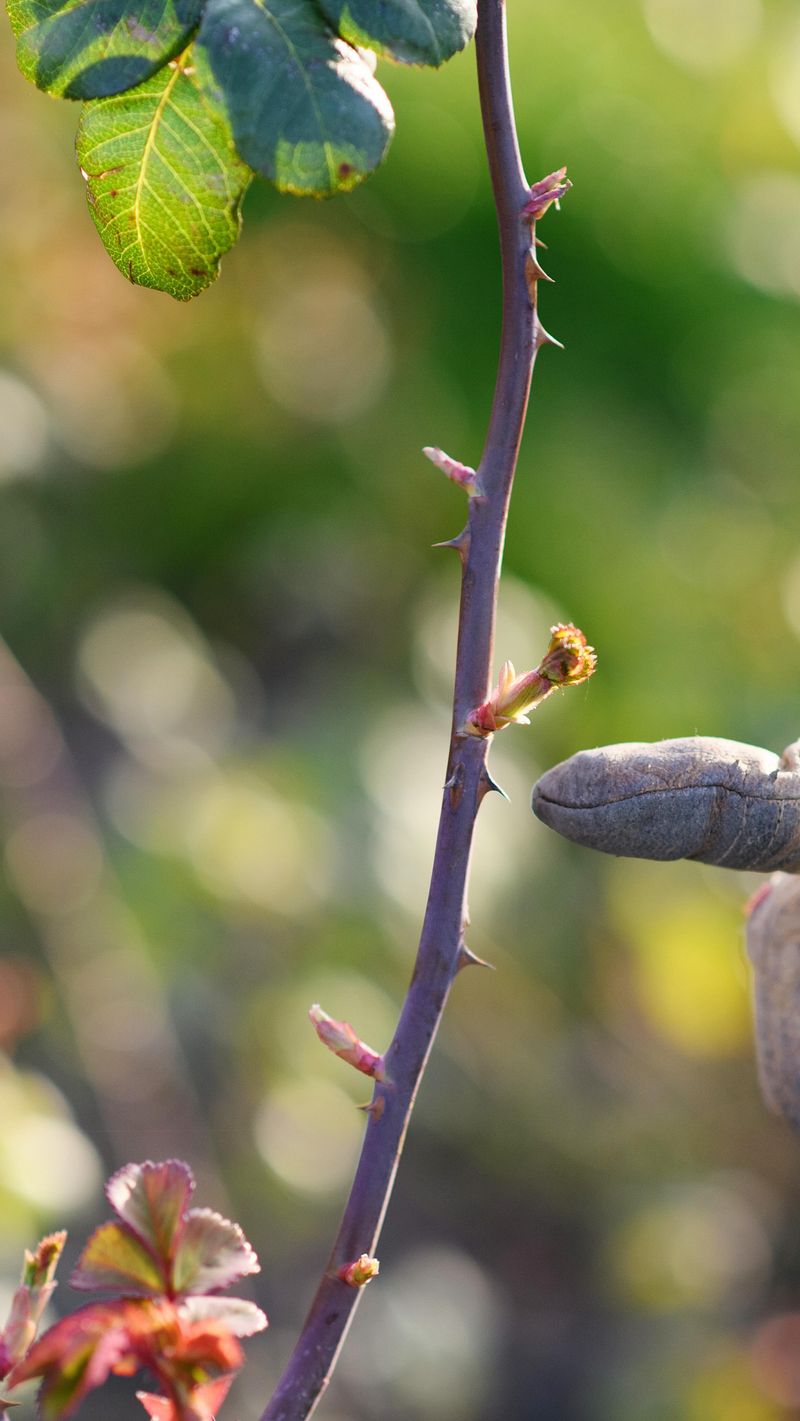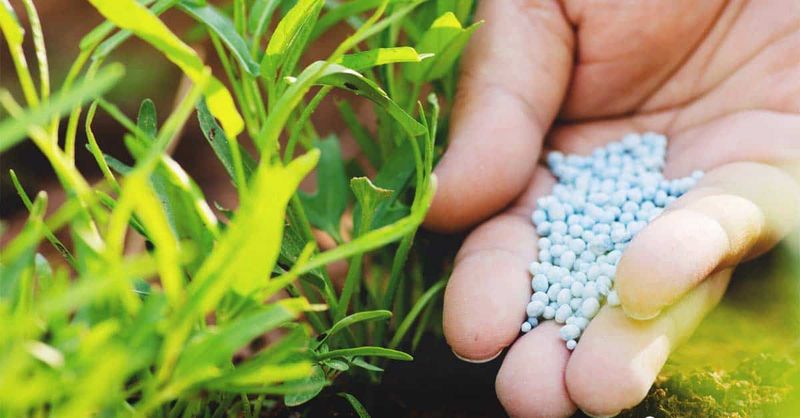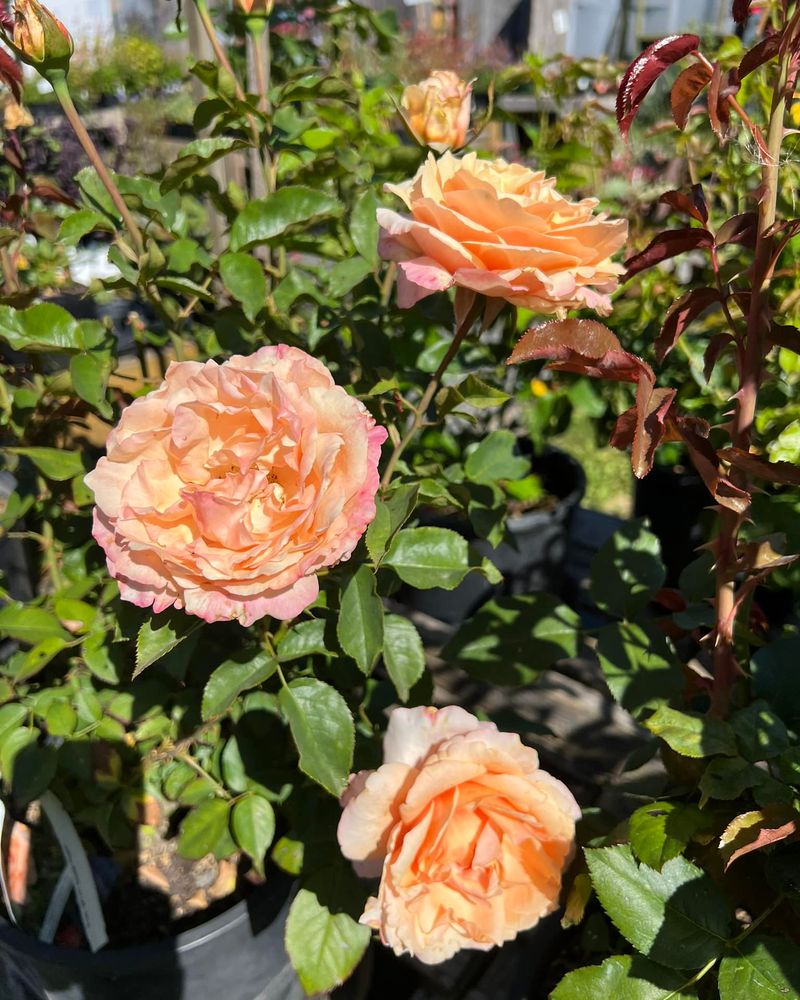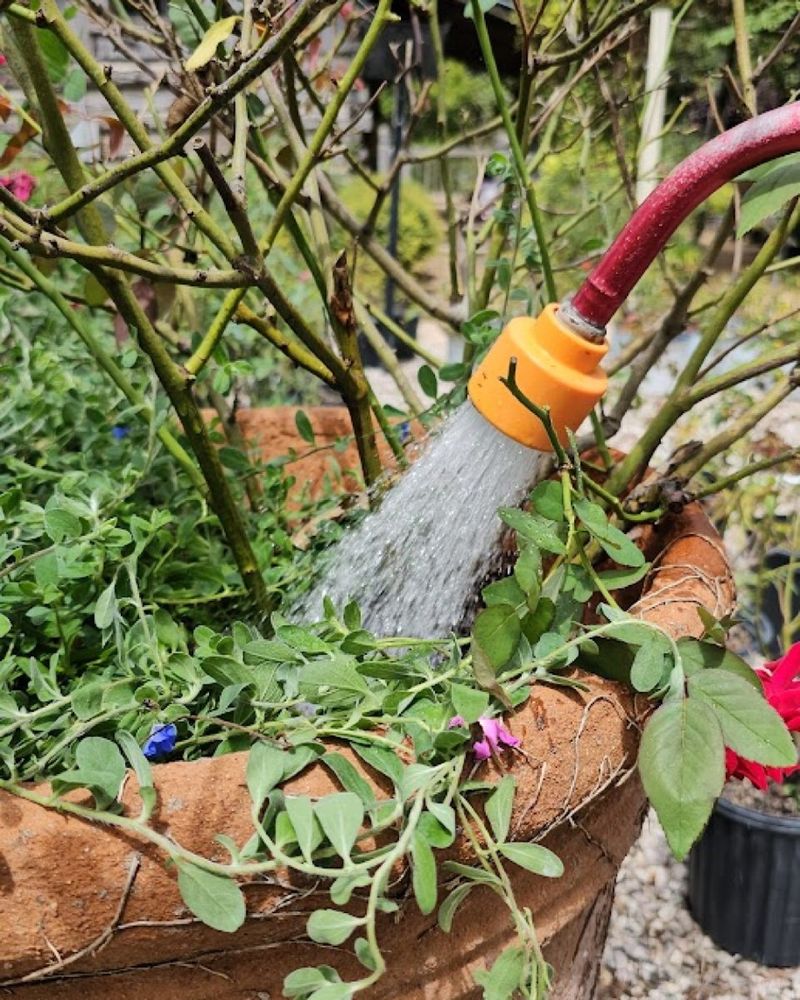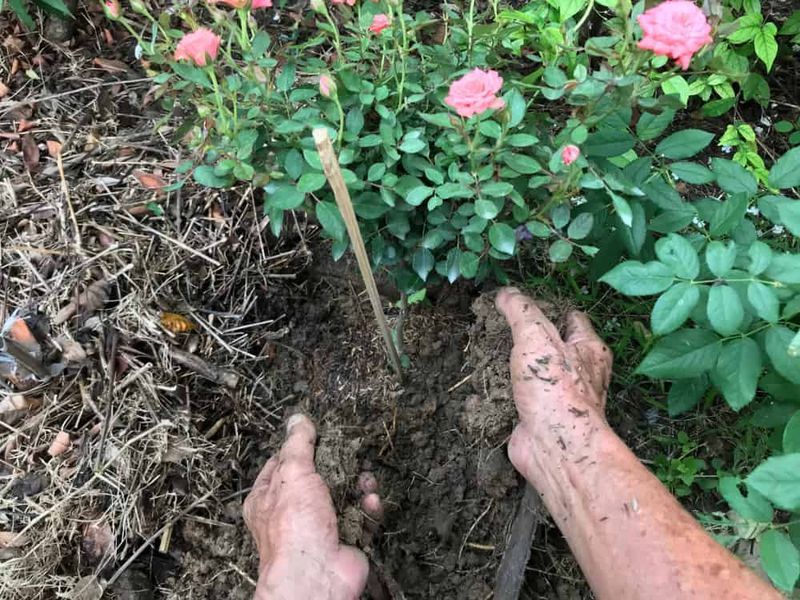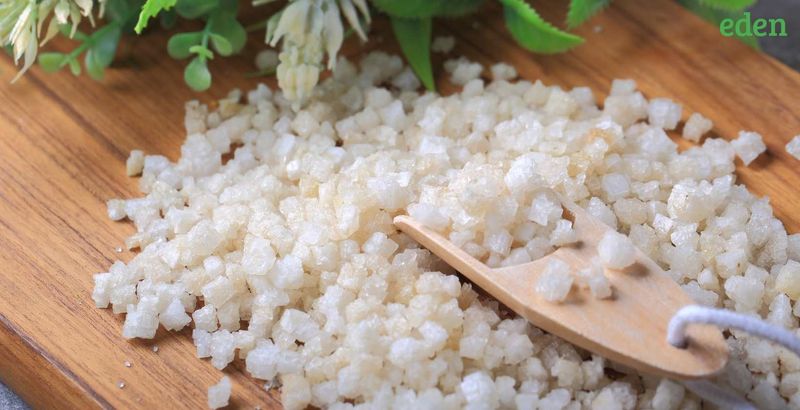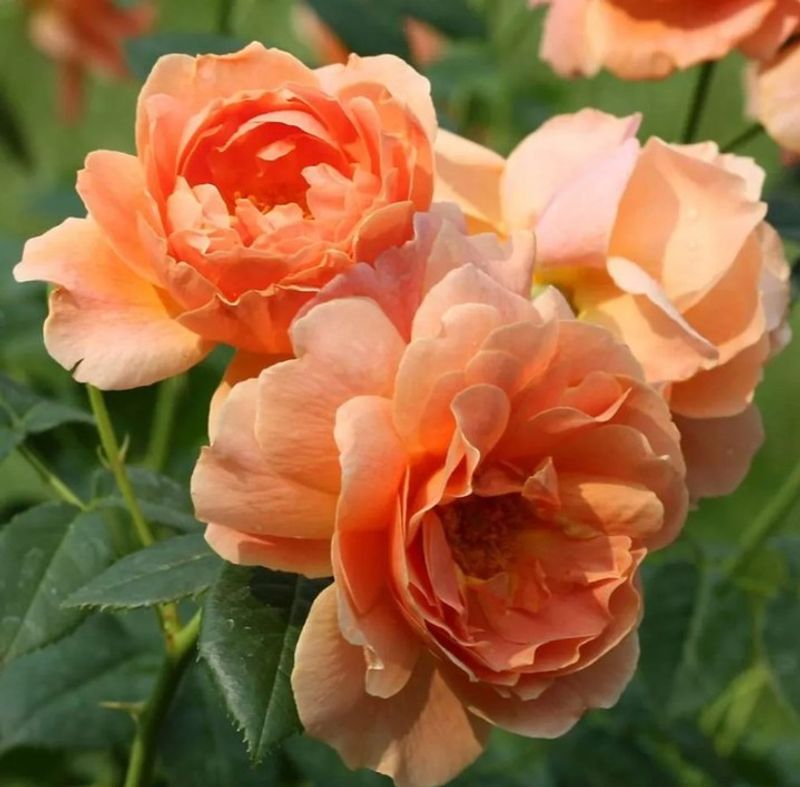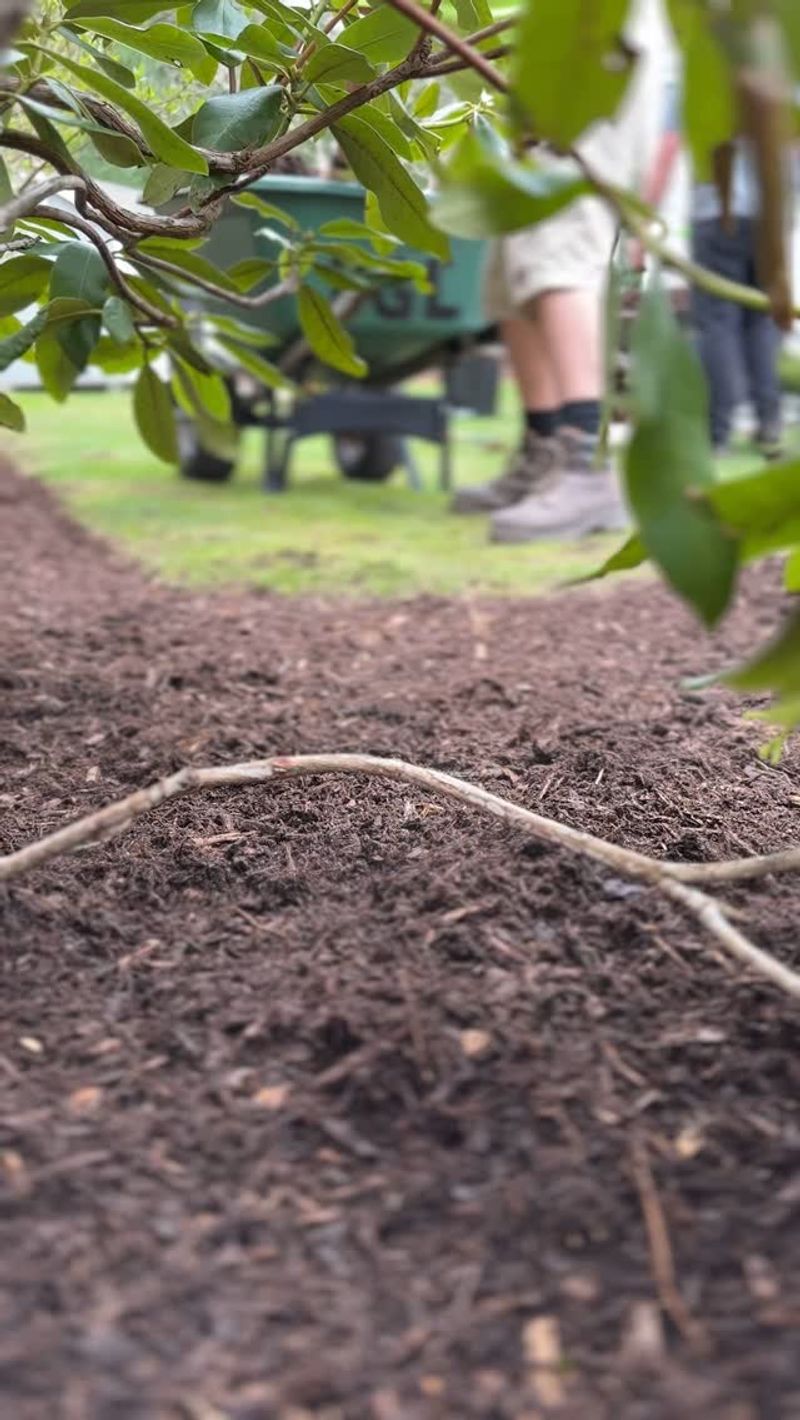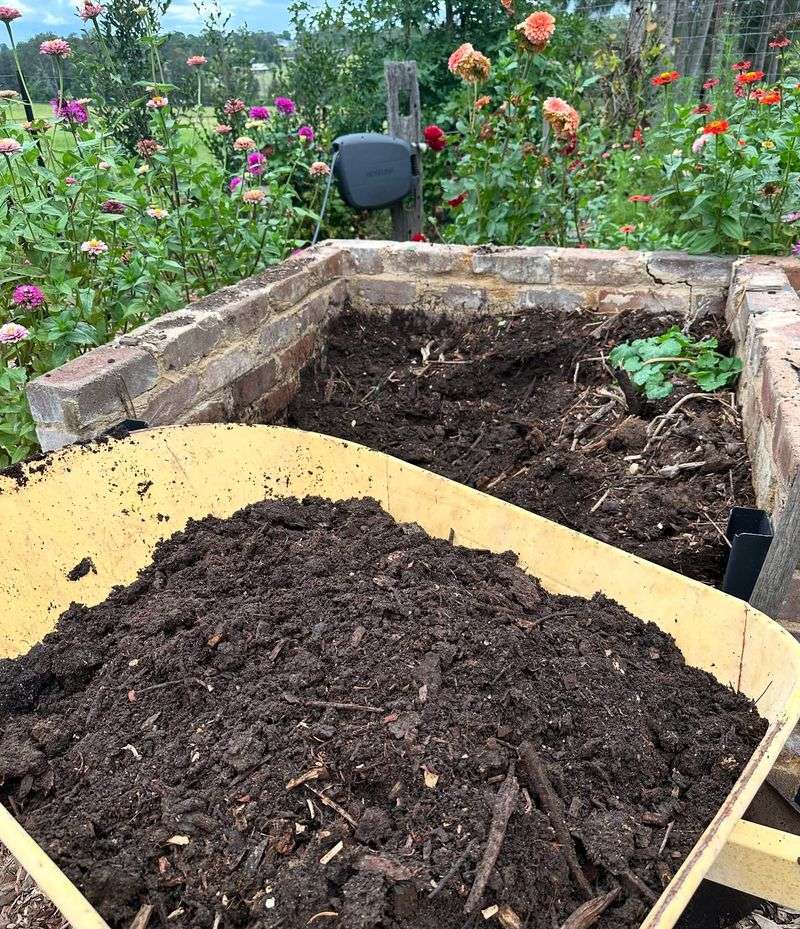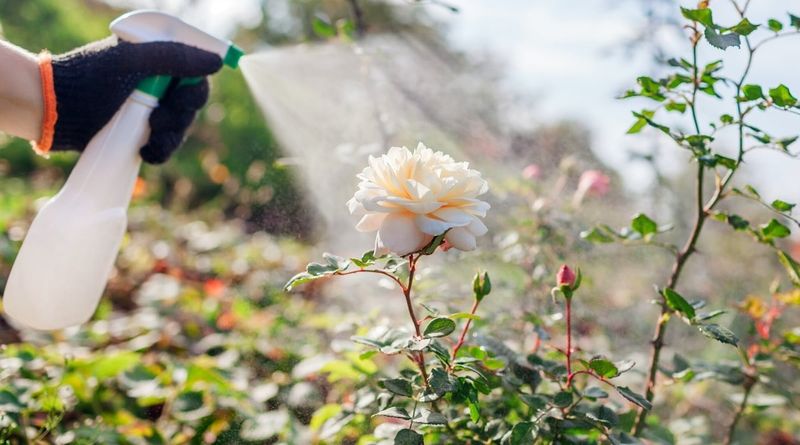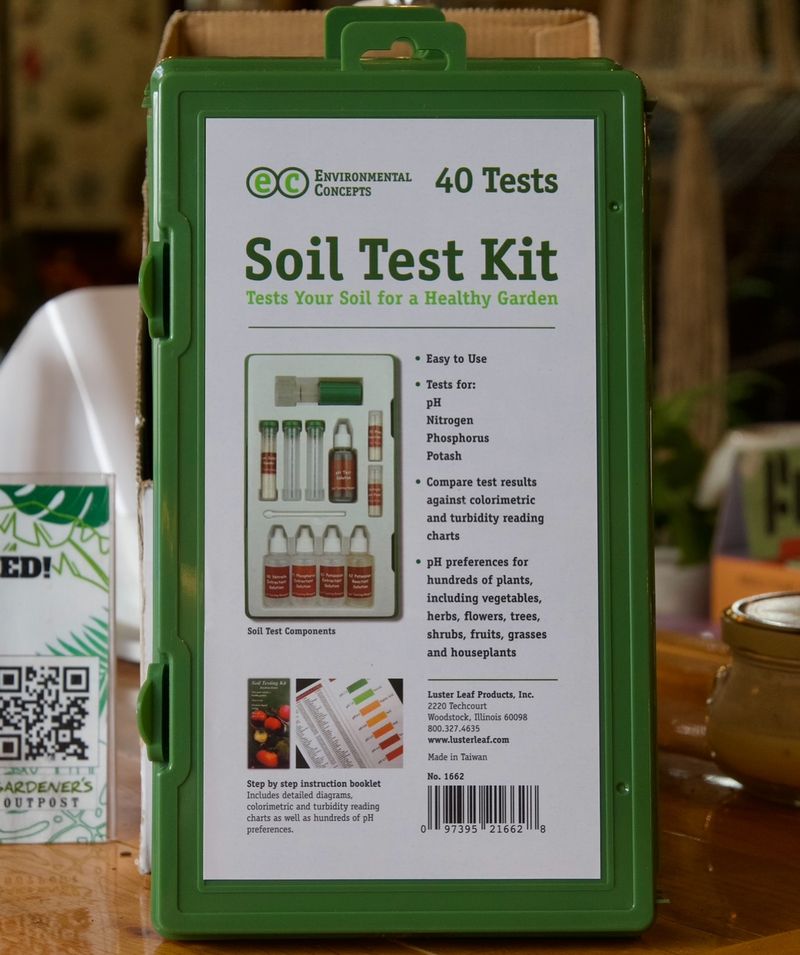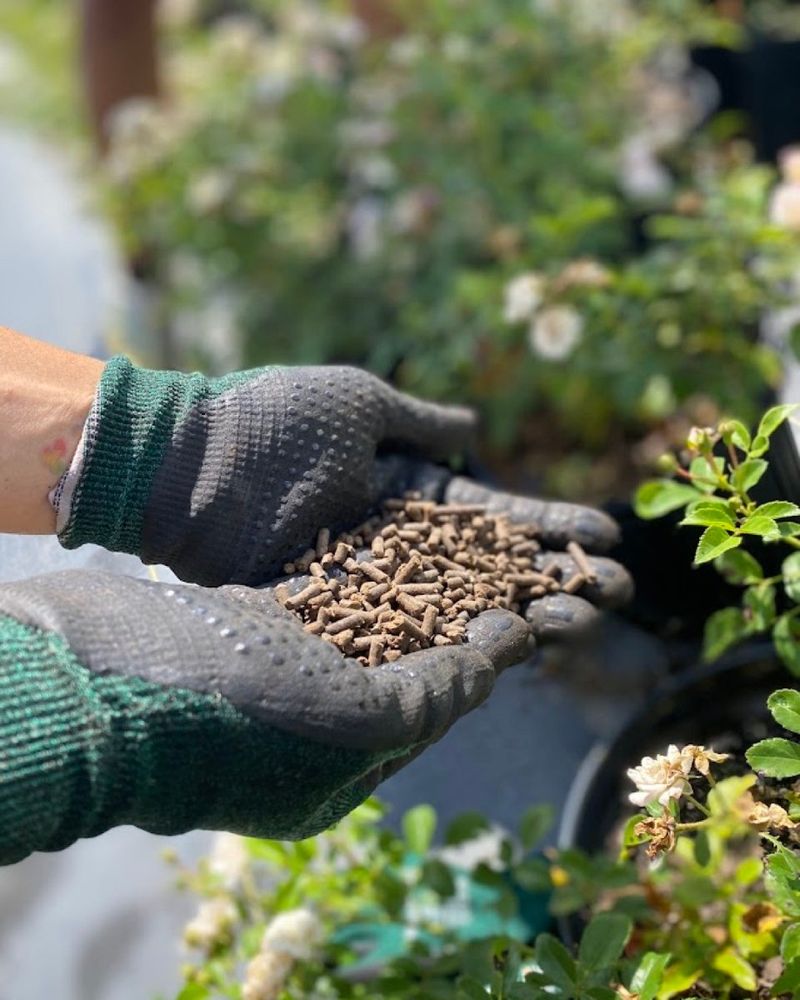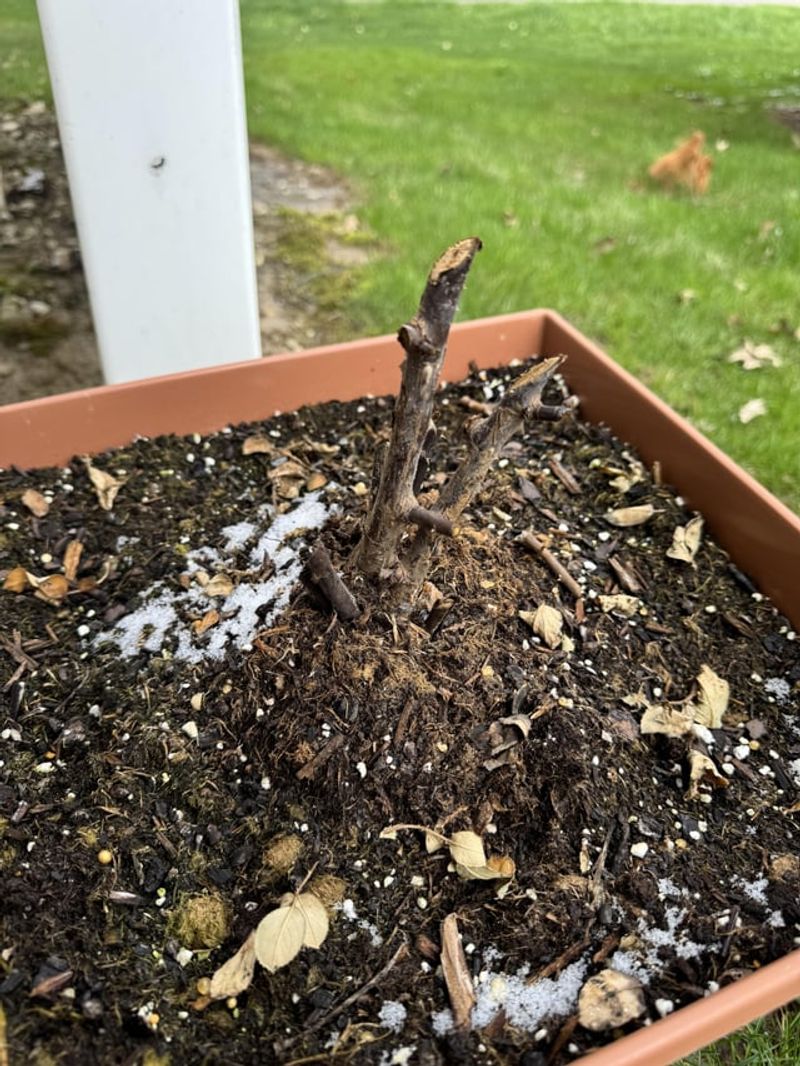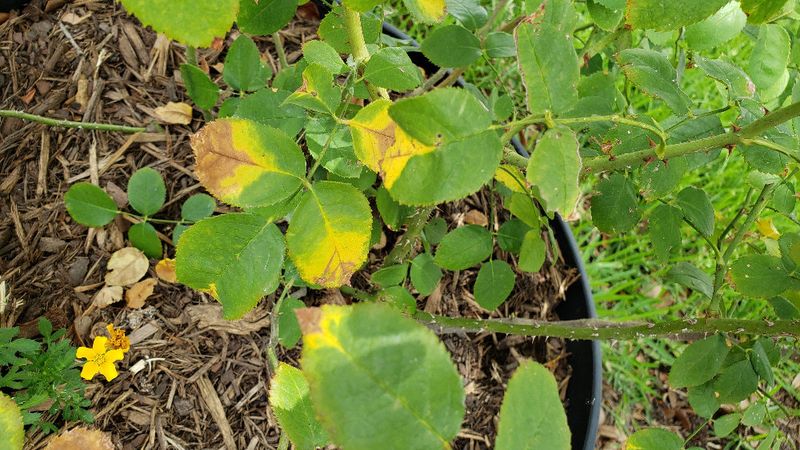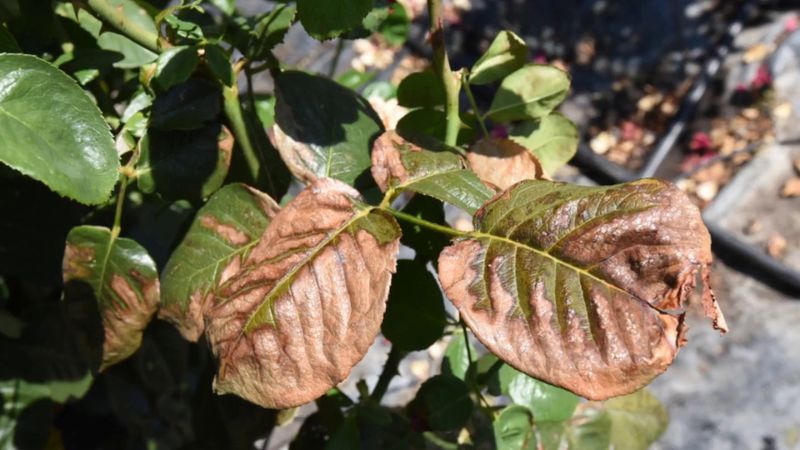Beautiful roses demand proper nutrition to produce those stunning blooms we all admire. Knowing when and how to fertilize your rose bushes can make the difference between mediocre plants and showstopping flowers. Feeding roses isn’t complicated once you understand the basics, but timing and technique matter tremendously.
1. Fertilize in Early Spring When New Growth Appears
Rose bushes wake up hungry after winter dormancy! Wait until you spot tiny red leaf buds emerging, usually when daytime temperatures consistently reach 40-50°F. This initial growth signals that roots are active and ready to absorb nutrients.
Feeding too early wastes fertilizer and might stimulate growth that could be damaged by late frosts. The perfect timing varies by region but generally falls between March and April in most growing zones.
2. Use a Balanced Fertilizer (e.g., 10-10-10) for First Feed
Your roses’ first meal of the season should deliver equal parts nitrogen, phosphorus, and potassium. These three essential nutrients support overall plant health, root development, and flower production respectively.
Look for granular fertilizers with numbers like 10-10-10 or 14-14-14 on the package. Apply around the drip line (where rain falls from outer leaves), not directly against the stem where it might burn tender tissue. Water thoroughly afterward to help nutrients reach the roots.
3. Apply Slow-Release Fertilizer for Long-Term Feeding
Smart gardeners use time-released plant food to provide steady nutrition without constant work. These special granules contain nutrients coated in resin that gradually dissolves with watering and warm soil temperatures.
One application typically feeds roses for 3-4 months, releasing small amounts of nutrients each time you water. This prevents the feast-or-famine cycle that can stress plants and promotes consistent growth without sudden spurts that attract pests.
4. Feed Every 4–6 Weeks During Active Growing Season
Regular meals keep roses blooming their best throughout summer. Mark your calendar after the first feeding to remind yourself when the next application is due—usually about a month later.
Active roses deplete soil nutrients quickly, especially during peak blooming times. Reduce the amount slightly during extremely hot periods when plants may be stressed. Liquid fertilizers work wonderfully for these follow-up feedings because they deliver nutrients that roses can access immediately.
5. Water Thoroughly Before and After Fertilizing
Never feed thirsty roses! Always water deeply the day before applying any fertilizer. Moist soil helps prevent fertilizer burn and prepares roots to efficiently absorb nutrients.
After spreading fertilizer, water again to dissolve granules and carry nutrients down to the root zone. A good rule is to water until the soil is damp 8-10 inches deep. Early morning application gives plants all day to process nutrients before evening cooldown.
6. Use Organic Fertilizers to Improve Soil Health
Natural fertilizers like fish emulsion, bone meal, and composted manure feed both your roses and the soil ecosystem. Beneficial microorganisms multiply when organic materials are added, creating living soil that supports plant health.
Organic options release nutrients more slowly than synthetic fertilizers, reducing the risk of burning. They also improve soil structure over time, allowing better water retention and root growth. Though sometimes smelly when first applied, the results are worth the temporary unpleasantness!
7. Add Epsom Salt Once in Early Season for Magnesium
Roses love magnesium! Epsom salt (magnesium sulfate) strengthens cell walls and helps plants produce chlorophyll. Apply about 1/4 cup per mature bush in early spring as leaves emerge.
Simply sprinkle it around the drip line and water in thoroughly. Yellowing leaves with green veins often signal magnesium deficiency. Unlike regular salt, Epsom salt won’t harm your plants when used correctly and can produce more vibrant blooms and deeper green foliage.
8. Stop Fertilizing 6–8 Weeks Before First Frost
Late-season fertilizing can spell disaster for roses! New growth stimulated by fall feeding won’t have time to harden off before winter arrives. Check your local frost dates and count backward to determine when to stop feeding.
August or early September is typically the cutoff in northern regions, while southern gardeners might fertilize into October. This timing allows plants to naturally slow down growth and prepare for dormancy. Focusing on potassium during the final feeding helps strengthen cell walls for winter protection.
9. Mulch to Retain Moisture and Support Nutrient Uptake
A 2-3 inch layer of organic mulch works like magic for roses! Shredded bark, compost, or leaf mold spread around plants (keeping it away from stems) moderates soil temperature and prevents moisture evaporation.
Mulch slowly breaks down to feed soil organisms that make nutrients available to roses. It also prevents splashing that can spread disease and suppresses weeds that compete for nutrients. Refresh your mulch layer each spring after fertilizing for maximum benefit.
10. Use Compost or Aged Manure as a Supplement
Nature’s perfect plant food lies in your compost bin! Well-decomposed organic matter provides slow-release nutrition while improving soil structure. Apply a 1-inch layer of finished compost or aged manure (at least 6 months old) around roses each spring.
Worms and soil microbes will incorporate it gradually, creating channels for water and oxygen. Fresh manure can burn plants, so patience in the aging process pays off. For container roses, mix compost into the top few inches of soil instead of applying as a layer.
11. Apply Foliar Feeding in Midsummer for a Quick Boost
Spray nutrition directly onto rose leaves for rapid results during the growing season! Diluted seaweed extract, fish emulsion, or specialty rose foliar sprays can revitalize tired plants in just days.
Leaves absorb nutrients directly through tiny pores, bypassing the slower root uptake process. Early morning application works best before temperatures rise. Always follow package dilution rates—stronger isn’t better! This method complements regular soil feeding rather than replacing it.
12. Test Soil pH and Nutrient Levels Annually
Roses thrive in slightly acidic soil with pH between 6.0-6.5. Home testing kits or professional lab services can reveal exactly what your soil needs before you waste money on unnecessary products.
Testing identifies specific deficiencies like iron or calcium that might be limiting your roses’ potential. Adjustments can be made gradually with targeted amendments like sulfur to lower pH or lime to raise it. Fall is the perfect time for testing, allowing amendments to work through winter.
13. Tailor Feeding Based on Rose Type and Bloom Cycle
Different rose varieties have unique appetites! Modern repeat-bloomers like hybrid teas and floribundas need more frequent feeding than once-blooming old garden roses. Observe your specific plants to understand their cycles.
Increase phosphorus (the middle number in fertilizer ratios) slightly before peak bloom periods. Climbing roses benefit from additional feeding after their first flush of flowers to encourage secondary blooming. Container roses need more frequent but diluted feeding since nutrients wash away with watering.
14. Don’t Fertilize Dormant Roses in Winter
Winter feeding is a common mistake that wastes money and can harm plants! Dormant roses have essentially “shut down” their growth systems and cannot use nutrients effectively during cold months.
Fertilizer applied during dormancy simply washes away or remains unused in the soil. In mild-winter regions, roses might show some winter growth, but still need reduced feeding compared to active growing seasons. Save your fertilizer budget for spring when plants can actually benefit from the nutrition.
15. Don’t Apply Fertilizer to Dry Soil or Wilted Plants
Feeding stressed roses can turn a temporary problem into permanent damage! When soil is dry or plants are wilting, roots cannot properly absorb nutrients, and fertilizer salts can concentrate to harmful levels.
Always water thoroughly the day before fertilizing if soil feels dry. If plants show signs of drought stress, focus on restoring proper hydration for several days before considering any feeding. Morning applications allow plants to process nutrients during their most active period.
16. Don’t Over-Fertilize—It Can Burn Roots and Inhibit Blooms
More isn’t better when it comes to feeding roses! Excess fertilizer creates salt buildup that damages delicate root hairs and can actually reduce flowering as plants produce lush foliage instead of blooms.
Classic signs of over-fertilization include leaf edges turning brown and crispy, rapid but weak growth, and fewer flowers despite lots of leaves. Always follow package directions for application rates. When in doubt, dilute recommended amounts by half—you can always add more later if needed.

